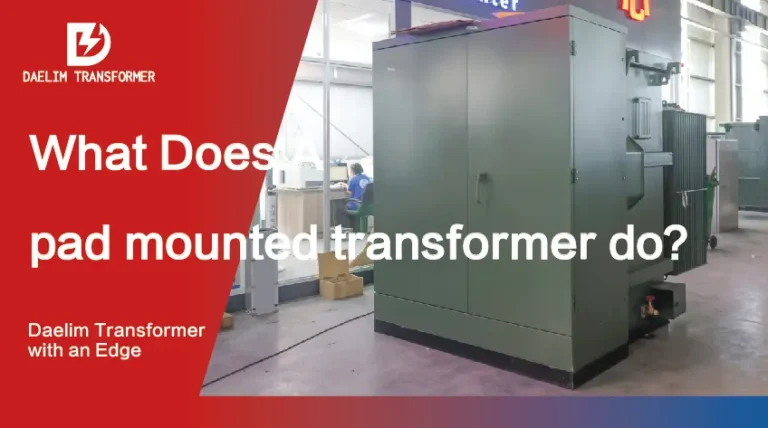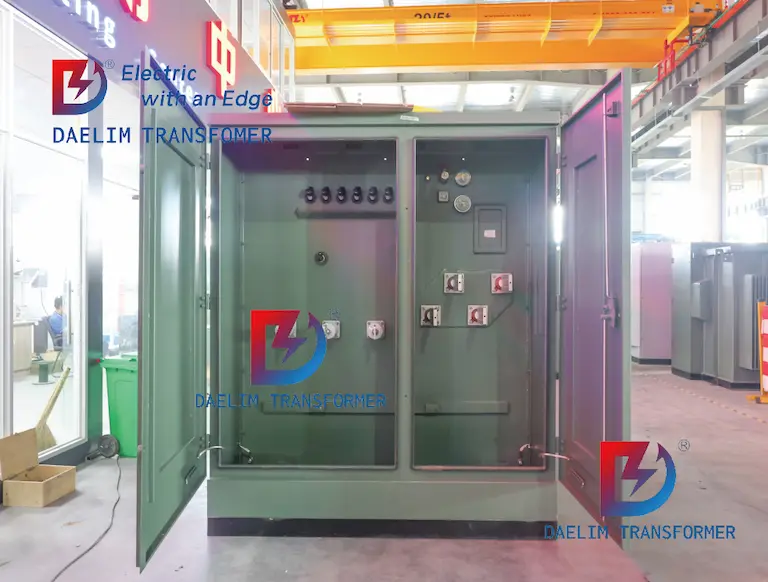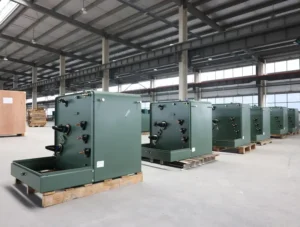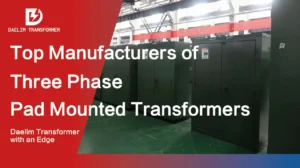what does a pad mounted transformer do?

A pad-mounted transformer is a critical component in electrical distribution networks, converting high-voltage electricity from the power grid into lower, usable voltages for homes, businesses, and industrial facilities. This equipment is typically enclosed in a secure, weather-resistant housing and is mounted on a concrete pad at ground level, hence the name “pad-mounted transformer.” It is essential in both residential and commercial settings, offering reliability and safety in electrical distribution.
Key Takeaways
- Pad-mounted transformers are essential for converting high-voltage electricity to usable levels in residential and commercial areas.
- They are mounted on concrete pads at ground level, offering both aesthetic and practical benefits.
- The transformers work by electromagnetic induction, stepping down voltage levels to meet the needs of the end-users.
- Single-phase pad-mounted transformers are typically used for residential or light commercial purposes, while three-phase pad-mounted transformers serve more extensive industrial needs.
Small-substastion Transformer
Single Phase Pole Mounted Transformer
Oil Immersed Power Transformer
Table of Content
Understanding the Role of a Pad-Mounted Transformer
A pad-mounted transformer performs the crucial function of stepping down high-voltage electricity to a lower voltage suitable for consumption. It is commonly used in urban and suburban areas where overhead lines are impractical or undesirable. By being installed at ground level, it provides easy access for maintenance and reduces the visual impact on the landscape.

A single-phase pad-mounted transformer is typically used in residential areas or for light commercial applications. These transformers are designed to convert high-voltage power from the distribution grid into the lower voltage needed for homes and small businesses. The single-phase design is sufficient for areas with lower power demands.
Get it now: What is a pad-mounted transformer?
How a Pad-Mounted Transformer Works
The working mechanism of a pad-mounted transformer involves the transformation of voltage levels through electromagnetic induction. Inside the transformer, there are primary and secondary windings around a core. When high-voltage electricity flows through the primary winding, it creates a magnetic field that induces a lower voltage in the secondary winding, which is then distributed to consumers. This process is the same for both single-phase pad-mounted transformers and three-phase pad-mounted transformers, though the latter handles higher power demands typically associated with industrial or large commercial applications.
Get it now: Why is There Oil Inside the Transformer?
By using a pad-mounted transformer, electrical utilities can efficiently manage the distribution of power, ensuring that different areas receive the appropriate voltage levels needed for various applications.











